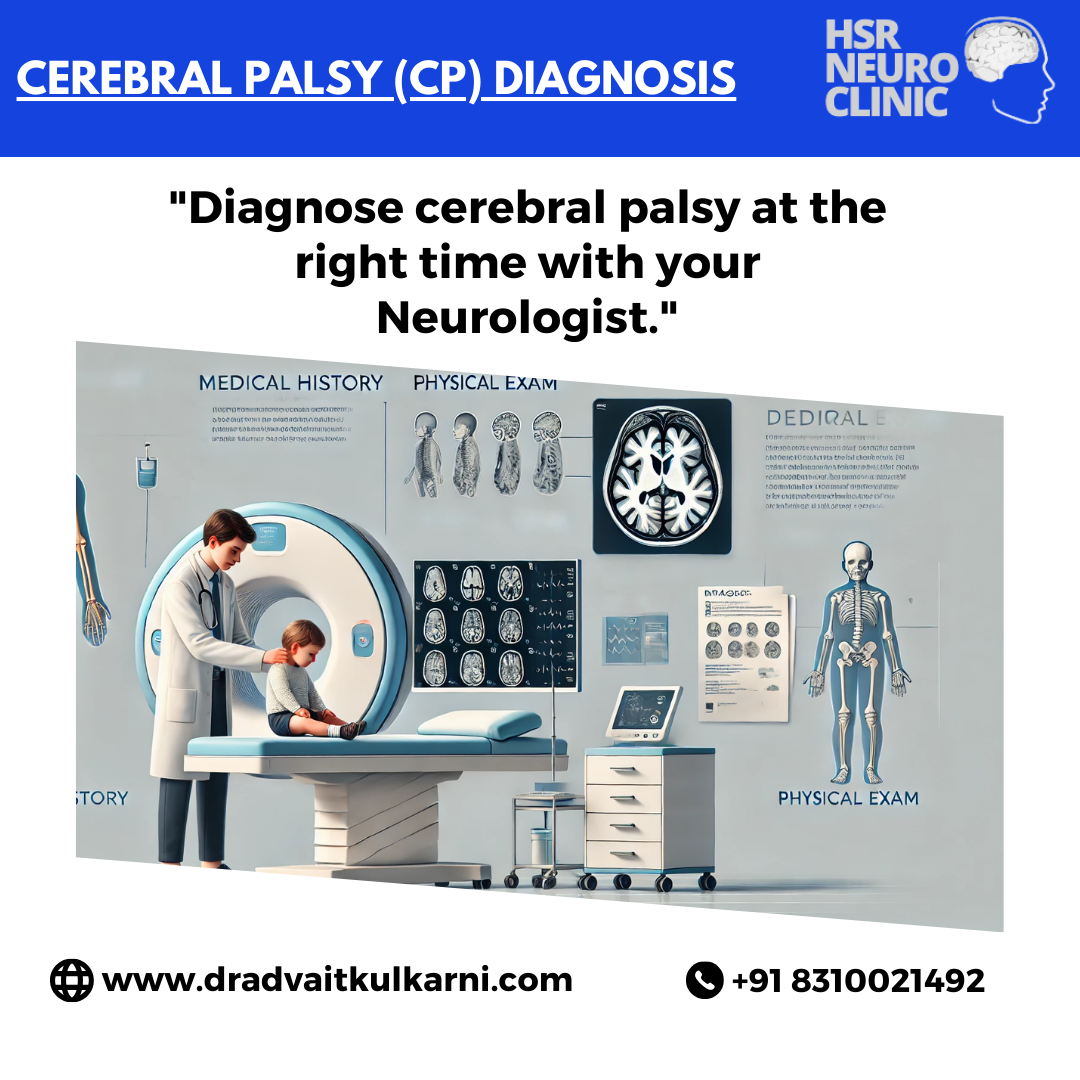+918048034088

This is your website preview.
Currently it only shows your basic business info. Start adding relevant business details such as description, images and products or services to gain your customers attention by using Boost 360 android app / iOS App / web portal.
Cerebral palsy (CP) is a group of neurological ...

Cerebral palsy (CP) is a group of neurological disorders that affect movement and muscle coordination. It is caused by damage to the brain's motor areas, often occurring during fetal development, childbirth, or shortly after birth. Diagnosis typically involves a combination of clinical assessment and imaging techniques to rule out other conditions. Steps in the Diagnosis of Cerebral Palsy: Medical History and Observation: A doctor evaluates the child's medical history, including any complications during pregnancy, birth, or early infancy. Observations include checking motor skills, muscle tone, and reflexes. Signs may include delayed milestones (e.g., not sitting up, crawling, or walking at the usual age). Physical and Neurological Examination: The doctor assesses posture, muscle tone (whether it is stiff or floppy), coordination, and reflexes. Abnormal muscle movements or difficulties in controlling muscles may indicate CP. Imaging Tests: MRI (Magnetic Resonance Imaging): This is commonly used to look at the brain’s structure and detect any abnormal areas that could explain motor dysfunction. CT Scan (Computed Tomography): In some cases, this might be used to evaluate the brain, though it is less common than MRI for diagnosing CP. Developmental and Motor Assessments: The child’s developmental milestones are monitored over time, such as walking, speaking, and interacting with others. Developmental assessments help to confirm delays or disorders in growth and motor abilities.

